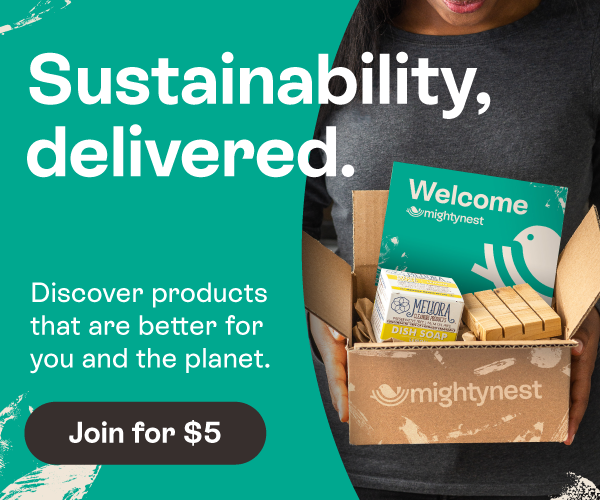
It seems unbelievable that there are toxic chemicals used in everyday children's products. Toys are just one of the products that contain chemicals that have been shown to cause harm to children. Given how much toys are handled and mouthed by our little ones, it makes sense to understand which chemicals to avoid.
Phthalates and PVC
There is currently considerable debate about the safety of plastic toys and children’s products that contain phthalates, which are often found in soft plastics and material made with vinyl (PVC). PVC is considered by Green Peace to be the most toxic and environmentally damaging plastic. (think soft squeezy bath toys) The problem is, Phthalates are considered by many researchers to be highly hazardous to human health because they disrupt the hormonal balance and can impair reproduction and development. Because of this, at least six of the most common phthalates have been banned or restricted across Europe and the U.S. is currently working to implement similar restrictions on children’s products sold here. In the meantime, phthalates are still commonly found in children’s toys and even skincare products, makeup, nail polish, and more.
BPA
Bisphenol-A (BPA) is a chemical that alters the body’s hormonal activity and mimics the effects of estrogen. According to the Environmental Working Group In laboratory tests, trace BPA exposure has been shown to disrupt the endocrine system and trigger a wide variety of disorders, including chromosomal and reproductive system abnormalities, impaired brain and neurological functions, cancer, cardiovascular system damage, adult-onset diabetes, early puberty, obesity and resistance to chemotherapy.
The U.S. Food and Drug Administration says that at current exposure levels it considers BPA safe, but another government agency, the National Toxicology Institute, has expressed concern about current exposure levels for fetuses, infants, and children. Both agencies have called for more research. While there does appear to be momentum toward companies voluntarily phasing BPA out of children’s products, right now you can still find it in everything from toys to baby bottles and even in the linings of most canned foods. To date, BPA has been banned from children’s products (such as bottles and teethers) in Canada and voluntarily minimized in Japan. While certain local governments in the U.S. (e.g. Chicago, California) have banned children’s products containing BPA, there are currently no national restrictions in place. This is due to a debate between governmental organizations over the question of the level of harmful effects from this chemical.
Lead
There have been significant toy recalls in the last few years due to lead, which makes its way into toys primarily through paint. Children’s favorites like “Thomas the Train” and Sesame Street figurines were pulled from shelves and parents were urged to return them to the manufacturer. Lead poses a significant health risk to childrens’ developing brains, Although steps are being taken to limit lead in children’s toys this is a very complicated process and many toys still include it.

